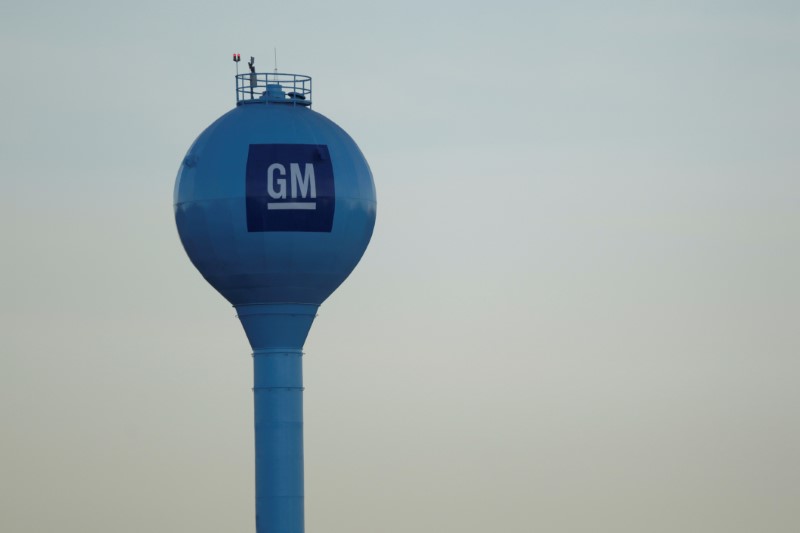The United Auto Workers (UAW) leadership has declared its intention to strike any and all OEMs for which a new contract has not been finalized by the current contract's expiration date at midnight on Thursday.
J.P. Morgan analysts wrote in a note that “JPM’s auto team sees a high likelihood of a strike occurring, but expects any strike to be shorter than the 45 days at GM (NYSE:GM) in 2019 given lean inventory levels.”
According to JPM’s automotive team, a strike could potentially decrease the supply by 12.5K units a day. According to current base case projections, which rely on a 15 million SAAR through 2024, the industry is expected to have around 60 days' worth of supply by December 2024.
However, if a 60-day strike were to occur, analysts foresee the inventory increasing to only about 45 days' supply by December 2024. Essentially extending the timeline for normalization by anywhere from one to four quarters.
“If no strike occurs then that would mean OEMs likely giving in to the higher end of UAW’s wage demands, which could have medium-to-long-term implications related to consumer affordability,” they added.
Regardless of whether a prolonged strike occurs or not, OEMs are expected to incur higher labor costs, which would likely be offset through price adjustments. According to JPM’s Auto team, a potential 35% increase in wages may translate into a minimum expense per unit increase of approximately $500. This increase in costs could prompt OEMs to take a more resolute position during annual fixed contract negotiations with integrated steel mills, potentially leading to demand reduction in the process.
During GM's six-week-long strike in 2019, the benchmark HRC steel prices dropped by 17%. However, they rebounded with a 16% increase by the end of the year following the ratification of a new agreement. According to Bloomberg's estimates, the monthly decline in auto-related steel consumption could range from 76,000 to 98,000 metric tons, depending on the specific auto OEM affected.
